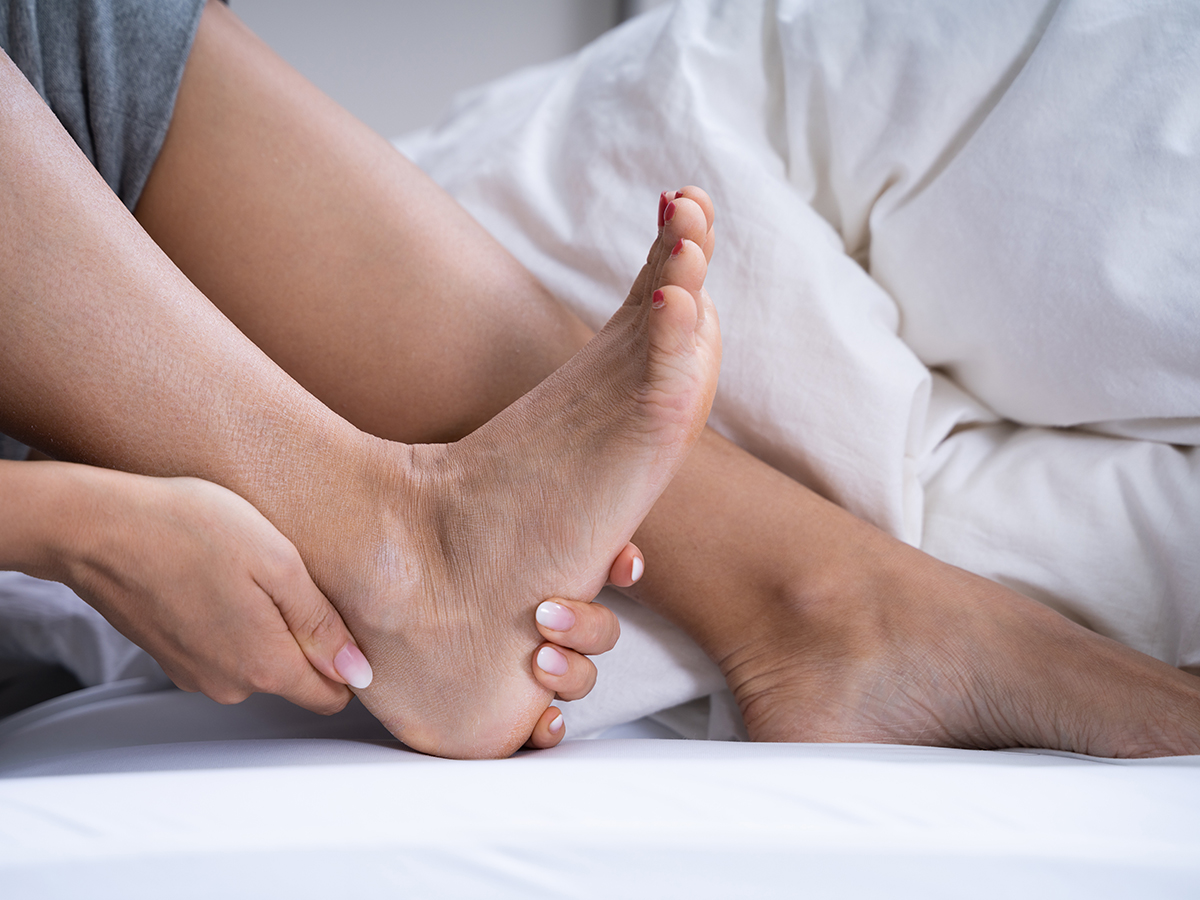

Heel pain is a common source of frustration for many Australians whose jobs, physical and social activities, and their overall lives can become greatly restricted when they’re battling this frustrating problem. Foot orthotics are one proposed treatment for heel pain where a device that resembles a footbed is inserted inside the shoe, in place of the shoe liner.
While some people swear by their orthotics, others have found little success with them for their heel pain. So, what’s going on, why the mixed results, and should you consider orthotics for your heel pain? Here’s what you should really know about orthotics and heel pain as discussed by our podiatrists.
Consider: What Type Of Orthotic Are You Choosing?
In order to evaluate whether orthotics could help your heel pain, it’s important to understand what an orthotic is – and especially what it isn’t. Somewhere along the way, the word ‘orthotic’ became linked to everything from gel insoles you can buy from the supermarket, to the one-size-fits-all, pre-packaged shoe cushions available from the retail area of health clinics. These inserts, which do not take into account a person’s unique foot characteristics or injury features, are often lumped under the umbrella term of ‘orthotics’ – but in the way our podiatrists use and prescribe orthotics, they are anything but.
The custom foot orthotics we prescribe are carefully created following a comprehensive assessment of your feet and legs, a detailed gait analysis, carefully examining your injury, and taking a 3D scan of your feet. Our podiatrists use their years of experience to then create a unique prescription for you that best meets your needs, your footwear, and your lifestyle. It is one of a kind – made especially for your feet.
Due to the customisation of these orthotics, their features then work to help adjust the way your feet function – shifting pressure and stress away from the heels or injured tissues, so you can continue to walk without feeling that painful strain. This allows the injury to heal. This often explains why we hear people telling us that they’ve had orthotics in the past that didn’t work for them – because their ‘orthotics’ were simply cushioning footbeds purchased from the pharmacy.
Consider: Who Is Prescribing Your Orthotics?
Elaborating on the point above, custom foot orthotics are – or at least should be – individually prescribed by a podiatrist. This ensures your orthotics are doing the best for your feet without aggravating other problems because of the shift in your foot biomechanics. Here is where experience and expertise matter.
We’ve seen ‘orthotics’ (footbeds) given out by a range of health professionals – from personal trainers to dietitians. It’s easy to think that when a qualified professional gives you a product with the purpose of improving your health, that it’s going to do the best for you. Unfortunately, many professionals who are eager to dispense insoles as a product do not have extensive training in foot and leg biomechanics or orthotic prescription. This is where podiatrists excel – training and working with the feet and legs exclusively.
Consider: What’s Causing Your Heel Pain?
Next, it’s important to consider the cause of your heel pain. If your pain is the result of a serious heel fracture, for example, then orthotics are unlikely to be the best first line treatment for you. If your heel pain is a result of plantar fasciitis or Achilles pain, however, then orthotics can help when used as part of a formal treatment plan uniquely prescribed by your podiatrist.
A 2021 review of best practice guidelines for heel pain placed orthotics in the top three treatments, alongside shockwave treatment and patient education with some taping and stretching. Here at My FootDr, we often use components of all three of these treatments, depending on a patient’s unique assessment, to manage heel pain.
Consider: Will Your Pain Come Back?
While our custom foot orthotics can work to offload the damaged tissue and create a better healing environment, their effects can long exceed the initial recovery period. Our custom foot orthotics are designed with durability in mind, so many Australians continue to wear their orthotics for years after their treatment, particularly when they’re physically active or spending long periods of time on their feet. In this case, by supporting the previously injured tissues, the orthotics may help reduce the likelihood of re-injury by controlling any excess strain and overloading to the heel.
So, Should You Have Orthotics For Your Heel Pain?
Here at My FootDr, we pride ourselves on the high quality orthotics we create and the expertise and care behind them. If you’re wondering if orthotics could help your heel pain, the best answer is to come in for a consultation with one of our podiatrists. We’ll conduct a comprehensive assessment and can then confidently advise you of whether orthotics could be suitable for you given your diagnosis and unique foot characteristics. If orthotics aren’t suitable, we’ll discuss the options available that may help from one of the largest service ranges in Australia.
Book your appointment online or call us on 1800 366 837.


